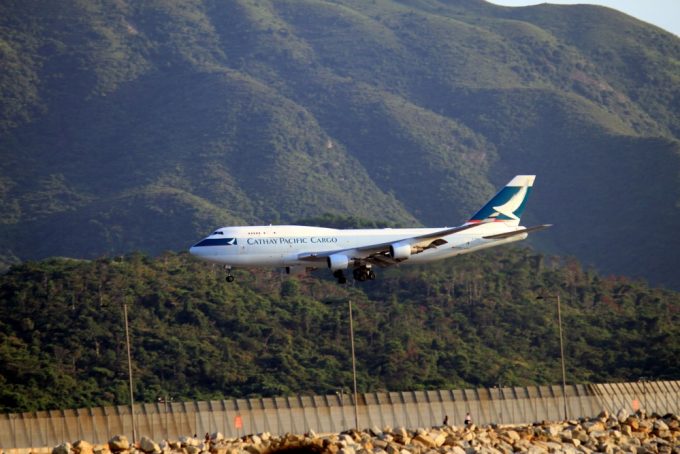Australia follows US and Canada in tightening airfreight security
Australia has joined Canada and the US in beefing up airfreight security, according to Air ...

Last month, Cathay Pacific operated its fewest cargo flights since the Covid-crisis began, despite Hong Kong relaxing crew quarantine restrictions.
And now, with volumes expected to make a comeback, it has concerns over potential bottlenecks from the city’s new air cargo screening rule.
Cathay carried 73,113 tonnes of cargo and mail in April, down 13.6% year on year, following a capacity drop of 41.7%, measured in available freight tonne km.
The airline’s chief customer and commercial officer, Ronald Lam, said: “While we welcomed ...
Volcanic disruption at Anchorage could hit transpacific airfreight operations
Macron calls for ‘suspension’ – CMA CGM's $20bn US investment in doubt
De minimis exemption on shipments from China to the US will end in May
Forwarders stay cool as US 'liberation day' tariffs threaten 'global trade war'
Trump tariffs see hundreds of cancelled container bookings a day from Asia
Mixed response in US to 'Liberation Day', while China leads wave of retaliation
Tariffs and de minimis set air freight rates on a volatile course

Comment on this article